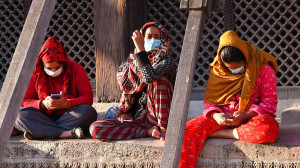Columns
Steering Nepal’s economy amid global challenges
The country faces a challenging transition, but it can progress if the people work together.
Krishna Srinivasan & Sarwat Jahan
Nepal has a unique opportunity for transformation. The recent youth-led protests underscored aspirations for greater transparency, governance and a more equal distribution of economic opportunities and resources. This yearning resonated in Nepal and beyond.
Now, Nepal must find a balance in setting prudent political, economic and financial policies to steer a difficult transition in an orderly manner. Adding to the complex domestic situation is the lingering uncertainty in the global economy. The transition process in this challenging environment should ensure an inclusive future for Nepal’s people.
Economic challenges
History shows that more equal societies tend to be associated with greater economic stability and more sustained growth. This will be a helpful guiding strategy as Nepal charts its own path to change. Indeed, a solid strategy needs to be founded on two key pillars: economic stability and inclusive growth.
In 2022, stability was among the top priorities when the country’s leaders approached the International Monetary Fund (IMF) for support. The collapse of tourism in the wake of the Covid-19 pandemic took a heavy toll on Nepal’s economy, including on its job market. The IMF’s financing package assisted the authorities’ Covid-19 response in mitigating the pandemic’s impact on economic activity, protecting vulnerable groups and laying the groundwork for sustained growth. The programme also supported reforms to foster durable growth and reduce poverty over the medium term, including by implementing cross-cutting institutional reforms to improve governance and reduce corruption vulnerability.
In October, Nepal completed the sixth of seven programme reviews, showing tangible improvement in the economy. Indeed, Nepal has been seeing the green shoots of recovery with real GDP growth rising from a mere 2 percent in FY 2023, to 3.7 percent in FY 2024, to an estimated 4.3 percent in FY 2025—more than double the pace in just a few years. In FY 2026, we still expect the country’s economic recovery to continue, though at a more moderate pace amid a complex domestic environment and global uncertainty.
Nepal has also been very successful in rebuilding policy buffers. Foreign exchange reserves have risen to nearly $20 billion, enough to cover almost a full year of imports. Fiscal discipline has helped stabilise public debt. Inflation remains well below the Nepal Rastra Bank’s target. This hard-won economic stability should be safeguarded. At the same time, the economy hasn’t fully recovered. Domestic demand remains subdued, investor confidence is waning, and more efforts are needed to protect vulnerable people.
Nepal has achieved significant milestones on structural reforms, in part with support from the IMF capacity development. On the fiscal front, frameworks for increasing government revenue and fiscal transparency have improved with the publication of the domestic revenue mobilisation strategy, fiscal risk statement and the tax expenditure report. The National Planning Commission has issued revised guidelines for the National Project Bank, which will strengthen capital project selection and execution.
Likewise, in the financial sector, bank supervision has improved through the Supervisory Information System. The Nepal Rastra Bank has also recently launched a loan portfolio review of 10 large commercial banks, which is expected to provide deep insights into the health of the banking sector. Measures have been taken to improve governance and transparency, including by improving the anti-money laundering framework, though further efforts are needed to enhance implementation. As part of the programme, four priority nonfinancial public enterprises had their financial statements audited. Work is underway to amend the Nepal Rastra Bank Act to strengthen its autonomy and governance.
Yet, unresolved structural issues and emerging headwinds are testing these gains. Policymakers must ensure that the fruits of macroeconomic stability and growth are broadly shared. Continued reforms will help. In the near term, this implies accelerating budget execution and improving project readiness—particularly in areas such as hydropower and trade-related infrastructure—and reducing logistics frictions, which will crowd-in private investment. This will also lay the foundation for a more diversified, higher value-added growth model that creates more domestic jobs.
Unlocking private sector growth to deliver more jobs and better livelihoods is critical. This can only be accomplished when the basic building blocks of private enterprise are in place: Strong institutions, free and fair markets and a stable macroeconomic environment. Over the medium term, strengthening governance and anti-corruption institutions, improving the investment climate, enhancing financial oversight, trade integration and expanding targeted social protection will be key to unlocking inclusive and sustainable growth.
Reason for hope
Let us conclude by expressing our deep sympathy for the profound loss during the recent social unrest. We are deeply saddened by the loss, but also heartened by the resilience of the Nepali people striving for a better future.
While global economic prospects remain dim amid uncertainty, Nepal gives reason for hope—a nation reimagined with greater equality and good governance. The country faces a challenging transition, but it can make the most progress if the people work together. For policymakers, this implies steering the economy on the course of continued reforms that safeguard macroeconomic and financial stability while laying strong foundations for durable and inclusive growth, coupled with good governance.
This is a unique moment in the country’s long history, and a time to set a new standard for the future. The IMF is ready to support Nepal in its journey.




 18.12°C Kathmandu
18.12°C Kathmandu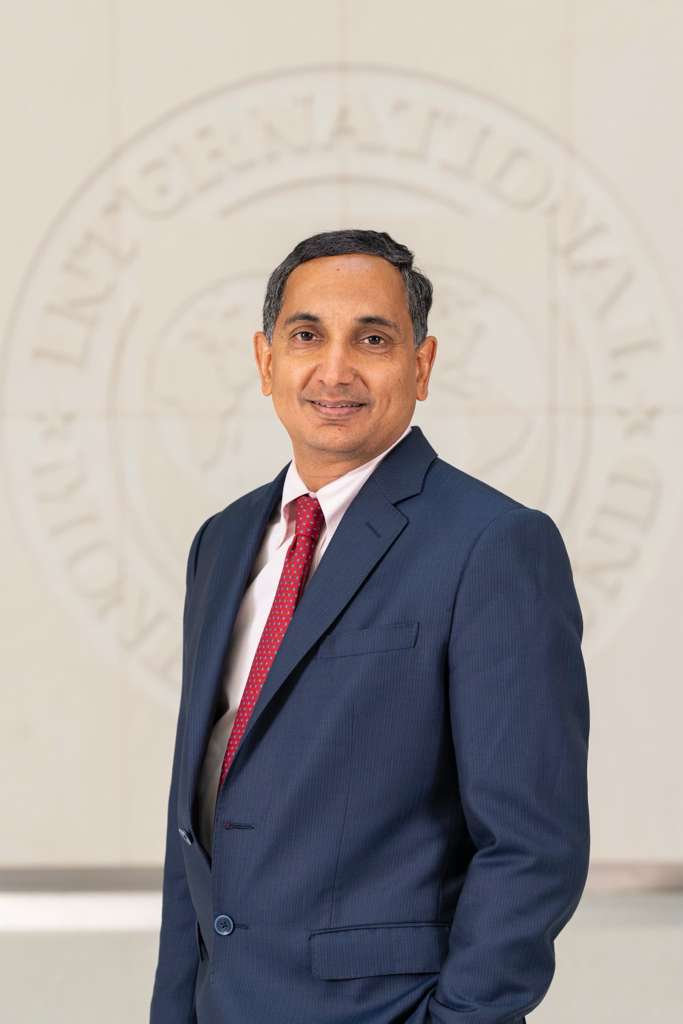


.jpg&w=200&height=120)
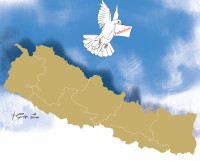




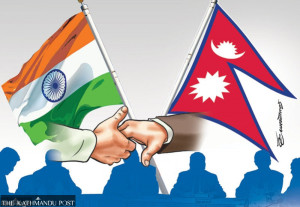


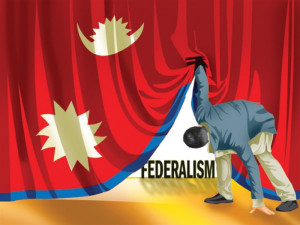


%20(1).jpg&w=300&height=200)

